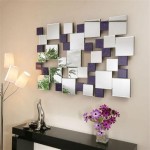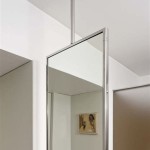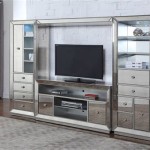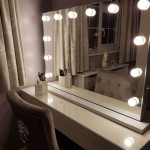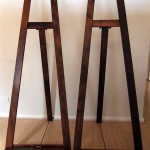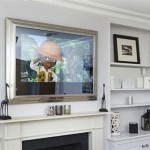Do LED Bathroom Mirrors Need Electricity?
The short answer is yes, LED bathroom mirrors require electricity to function. While traditional mirrors rely solely on reflecting ambient light, LED mirrors incorporate integrated light-emitting diodes (LEDs) that necessitate a power source to illuminate. This power requirement is fundamental to their operation and distinguishes them from conventional mirrors.
The LEDs embedded within the mirror glass are powered by electricity, enabling them to produce the desired illumination. This light source provides direct, focused light, often offering adjustable brightness and color temperature settings. Without a connection to an electrical supply, the LED component of the mirror will not function, rendering it effectively a standard mirror.
The electrical connection for LED bathroom mirrors typically involves two main methods: direct wiring and plug-in systems. Direct wiring offers a more permanent and streamlined installation. This method connects the mirror directly to the building's electrical system, often requiring professional installation during bathroom renovations or new builds. It eliminates the need for visible wires or plugs, creating a cleaner aesthetic.
Plug-in systems provide more flexibility for installation. These mirrors come equipped with a standard plug that can be connected to a nearby electrical outlet. This method is generally easier for DIY installation and offers greater portability. However, it may require strategic placement to ensure the cord is not a safety hazard or an aesthetic disruption.
The specific voltage requirements of an LED bathroom mirror will vary depending on the model and manufacturer. It is crucial to consult the product specifications before installation to ensure compatibility with the existing electrical system. Using an incorrect voltage can damage the mirror and pose a safety risk.
Beyond the basic illumination function, some LED bathroom mirrors offer additional features that further increase their electricity consumption. These can include demister pads, integrated shaver sockets, and Bluetooth connectivity for playing audio. These features, while convenient, contribute to the overall power usage of the mirror. Therefore, consumers should consider these additional features when assessing the electrical demands of a specific model.
Demister pads, for example, utilize electricity to heat a small section of the mirror, preventing condensation from forming. This function is particularly useful in humid bathroom environments and eliminates the need for manual wiping. However, it requires a constant supply of electricity while activated.
Integrated shaver sockets provide a convenient power outlet specifically designed for electric shavers. These sockets are typically located on the side of the mirror and are independently powered. While they do not impact the LED illumination, they draw power from the electrical system when in use.
Bluetooth connectivity allows users to connect their smartphones or other devices to the mirror, enabling them to play music or podcasts through integrated speakers. This feature adds to the overall electricity consumption, particularly when used frequently.
The energy efficiency of LED mirrors is a significant factor to consider. LEDs, in general, are known for their energy-saving properties compared to traditional incandescent bulbs. They consume significantly less electricity to produce the same amount of light, resulting in lower energy bills and a smaller environmental footprint.
When choosing an LED bathroom mirror, consumers should look for models with high energy efficiency ratings. These ratings indicate how much light the mirror produces per unit of electricity consumed. Opting for an energy-efficient model can contribute to long-term cost savings and environmental responsibility.
The placement of the LED bathroom mirror also plays a role in its effectiveness and energy consumption. Proper positioning ensures optimal illumination for various tasks such as applying makeup or shaving. It also minimizes the need for additional lighting fixtures, further reducing energy consumption.
In summary, LED bathroom mirrors offer a modern, functional, and aesthetically pleasing enhancement to any bathroom. However, their operation fundamentally depends on an electrical connection. Understanding the power requirements and features of these mirrors is essential for making informed purchasing decisions and ensuring safe and efficient installation.

Battery Led Mirror Vs Regular Which One Should You Choose

Is Electricity Necessary For Lighted Vanity Mirror Ledmyplace

All You Need To Know About Led Bathroom Mirrors Baths

All You Need To Know About Led Bathroom Mirrors Baths

Should I Buy An Led Bathroom Mirror A Comprehensive Guide Ledmyplace

Led Lighted Bathroom Mirrors Smart Tv Electric Mirror

Electric Mirror Radiance Lighted Bliss Bath And Kitchen
Guide How To Choose An Led Mirror Roomhints

3 Signs Your Led Bathroom Mirror Needs Immediate Attention Whole Manufacturer In China

How Do I Choose A Lighted Bathroom Mirror Ledmyplace

